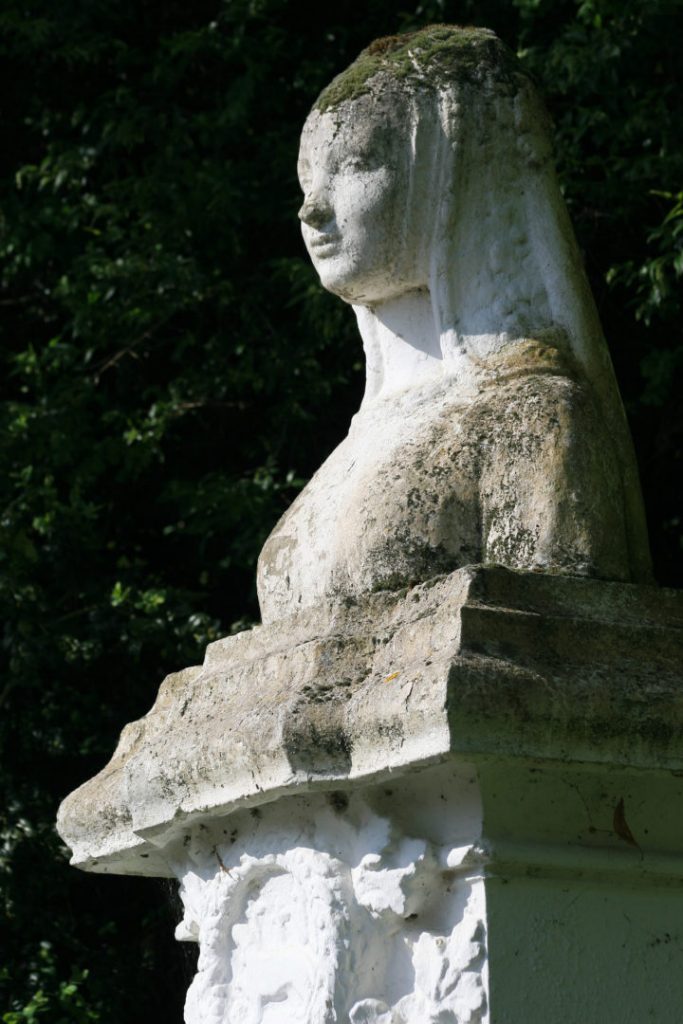
The history of Montfort l’Amaury took shape in the High Middle Ages when the earldom of Iveline was given to Robert le Pieux (976-1031). In order to ensure the defence of his property, the young king asked William of Hainault to build two strongholds: one near Epernon and the second at Montfort. When he died, his son Amaury I inherited his father’s title of Gruyer (a Gruyer was a lord responsible for forestry). With him, the village developed through the reconstruction of the stone-built castle and that of the church. The family extended their property by marrying. But it was thanks to Simon IV ‘s mother that the estate became a county.
That was what gave birth to the Montfort dynasty. The name of the family won renown in French history not only because Simon IV went on crusades but also because of the close ties they forged with the French and English monarchy.
In the XIVth century, Montfort County and the Dutchy of Brittany were united and remained united for two centuries since Yolande of Dreux, Countess of Montfort, married Arthur II, Duke of Brittany. Anne of Brittany, the future Queen of France, became Countess of Montfort and a benefactor of the village too. Indeed, she was at the origin of the construction and restoration of many monuments and she was also the one who took action to beautify the village and develop urbanisation. From the XVIth century, the church was adorned with stained-glass windows and this monument is still today a true religious and political testimony of that period.
Then, Montfort l’Amaury became a peaceful resting place for the kings of France: for instance, Francis I went hunting in the forest of Montfort and later, Henry IV would stay in Montfort to prepare himself for his conversion to Catholicism and his arrival in Paris. And so did his son Louis XIII who came with him on several occasions.
The settling of the French court in Versailles in the XVIth century breathed new life into the village. Losing some of its judicial powers, Montfort l’Amaury became the favourite place of residence of country squires and started developing market gardening and especially cherry production. That was the period when the village started being endowed with many private mansions.
The French Revolution brought its share of turmoil and Montfort became known as Montfort le Brutus: the church was plundered, many people were killed and the guillotine was set up “place Normande”, spreading terror in its wake.
The 19th century was more peaceful and more focussed on art. The village attracted numerous artists and key figures who intended to live peacefully there and draw inspiration from the place.
